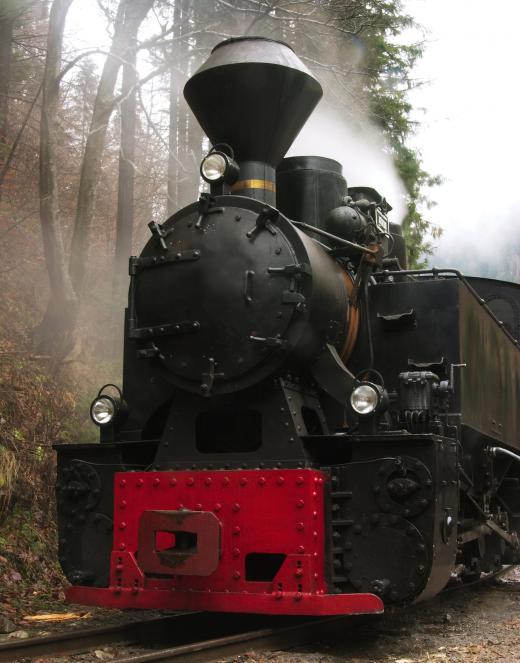A heat engine is a device used to convert thermal energy, or heat, into mechanical work. This is done when heat, originating from a hot source, goes through the engine itself and into a cold sink. The cold sink is the lower-temperature part of a thermodynamic cycle, such as the condensing unit found in the Rankine, or steam, cycle. There are many different types of heat engines, each of which has its own specific cycle. Some examples of heat engines would include steam and internal combustion engines, along with Stirling engines and gas turbines.
Commonly, a heat engine will be confused with the thermodynamic cycle taking place within the engine itself. This is mainly because heat engines are often classified by their specific thermodynamic cycles. The device itself that converts thermal energy to work is known as the "engine," while the thermodynamic model being applied to the engine is the "cycle." Due to this, steam engines are not referred to as Rankine engines.

An efficient heat engine will try and mimic its respective cycle as well as possible. The higher the temperature difference between the hot source and the cold sink within the cycle, the more efficient the engine is. For example, an efficient steam engine requires both a high-temperature heat source and a low-temperature cold sink. In the Rankine cycle, a boiler makes use of a high-temperature burner to convert water into the steam. This steam goes through the engine and is then condensed back into water through a low-temperature condenser.
The colder the condenser is, the more steam will be condensed back into water. This is because condensers are made to effectively reverse the saturation process carried out by the boiler. Doing so will help achieve higher condensing rates; the higher the rate is, the more water will be returned. This helps to increase the overall efficiency of the steam cycle.
While heat engine efficiency can be highly optimized through a large difference in temperatures between the hot source and cold sink, it is still limited. This is because the temperature of the cold sink is dependent on the temperature surrounding it, which in some situations, cannot be cooled to ideal conditions. Due to this, the efficiency of a heat engine is limited to the temperature limits of the cold sink. A common solution to this is to increase the temperature of the hot source; yet even this is limited to a lack of material strength under high temperatures.
Heat engine efficiency varies depending upon the specific engine and cycle. Thermal efficiency ranges anywhere from 3% to around 70%, with car engines achieving a thermal efficiency somewhere around 25%. The more efficient heat engines are found in large power plants, where both gas and steam turbines are used to generate electricity.
